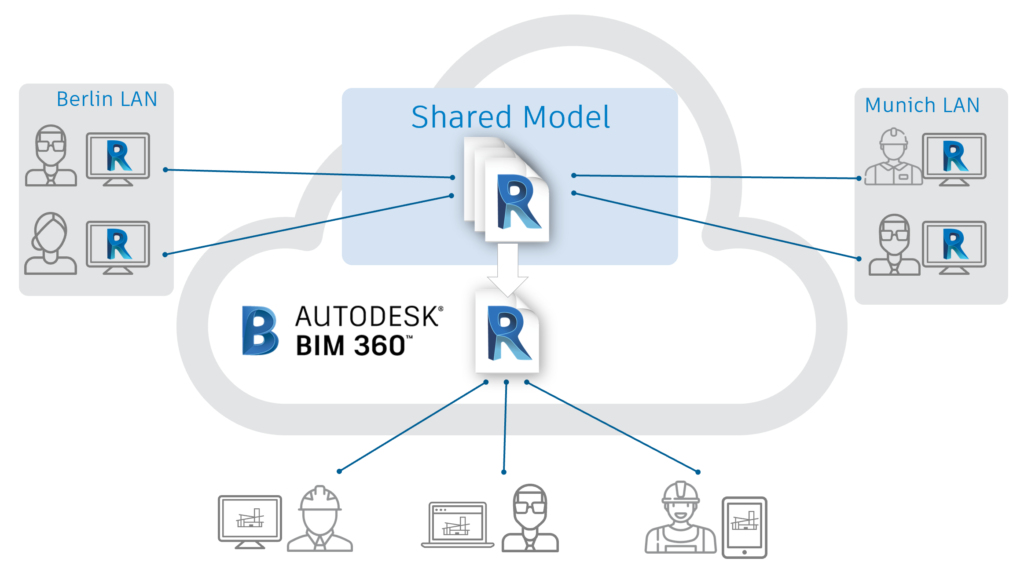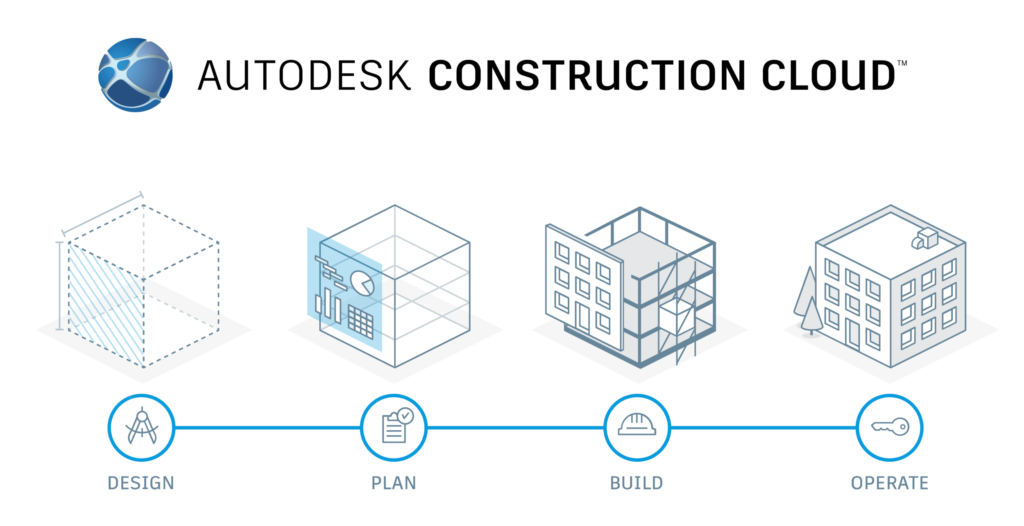BIM 360 vs. Autodesk Construction Cloud
In today’s rapidly evolving construction industry, the adoption of digital tools and technologies is essential for enhancing efficiency, collaboration, and project outcomes. Among the leading solutions in this space are Autodesk’s BIM 360 and Autodesk Construction Cloud (ACC). While both platforms offer robust features and capabilities, understanding their differences and nuances is crucial for making informed decisions. In this article, we’ll compare BIM 360 to Autodesk Construction Cloud, highlighting their benefits and disadvantages.
BIM 360: BIM 360 is Autodesk’s flagship platform for construction project management and collaboration. It provides a comprehensive suite of tools designed to streamline workflows, improve communication, and enhance project visibility.

Benefits:
- Integration with Autodesk Software: BIM 360 seamlessly integrates with Autodesk’s suite of design and engineering software, facilitating the transfer of BIM (Building Information Modeling) data between different project phases.
- Mobile Accessibility: BIM 360 offers robust mobile capabilities, allowing stakeholders to access project information, documents, and models from anywhere, at any time. This enhances collaboration and decision-making, even when teams are working remotely or on-site.
- Document Management: The platform enables centralized document management, version control, and document sharing, reducing the risk of errors and ensuring that all project stakeholders have access to the latest information.
- Model Coordination: BIM 360’s model coordination feature automates clash detection and resolution, helping teams identify and resolve design conflicts early in the project lifecycle, thereby reducing rework and cost overruns.
Disadvantages:
- Learning Curve: BIM 360’s extensive feature set may have a steep learning curve for users who are new to the platform or unfamiliar with BIM workflows.
- Cost: While BIM 360 offers value for money in terms of its features and capabilities, the subscription cost may be a barrier for smaller firms or projects with limited budgets.
- Customization: Some users have noted limitations in terms of customization options and flexibility, particularly when it comes to tailoring the platform to specific project requirements or workflows.
Autodesk Construction Cloud (ACC): Autodesk Construction Cloud is a unified platform that brings together various construction management solutions, including BIM 360, PlanGrid, and BuildingConnected, under a single umbrella. It aims to streamline project delivery and enhance collaboration across the entire construction lifecycle.

Benefits:
- Unified Platform: ACC provides a single platform for project management, document management, and collaboration, eliminating the need for disparate systems and reducing data silos.
- Advanced Analytics: The platform offers powerful analytics and reporting tools, allowing project stakeholders to gain insights into project performance, identify trends, and make data-driven decisions.
- Integration with Third-Party Apps: ACC supports integration with third-party applications and tools, enabling seamless data exchange and interoperability across different software platforms.
- Scalability: ACC is designed to scale with the needs of construction projects of all sizes, from small renovations to large-scale infrastructure developments.
Disadvantages:
- Complexity: The comprehensive nature of ACC may introduce complexity, particularly for smaller projects or teams with limited experience in using advanced construction management software.
- Migration Challenges: Migrating from legacy systems or transitioning from individual Autodesk products to ACC may pose challenges in terms of data migration, training, and change management.
- Cost: While ACC offers a range of powerful features and capabilities, the subscription cost may be higher compared to standalone solutions such as BIM 360.
In conclusion, both BIM 360 and Autodesk Construction Cloud offer powerful tools for enhancing collaboration, streamlining workflows, and improving project outcomes in the construction industry. The choice between the two platforms depends on factors such as project size, complexity, budget, and existing software infrastructure. By carefully evaluating the benefits and disadvantages of each platform, construction firms can make informed decisions that align with their specific needs and goals.